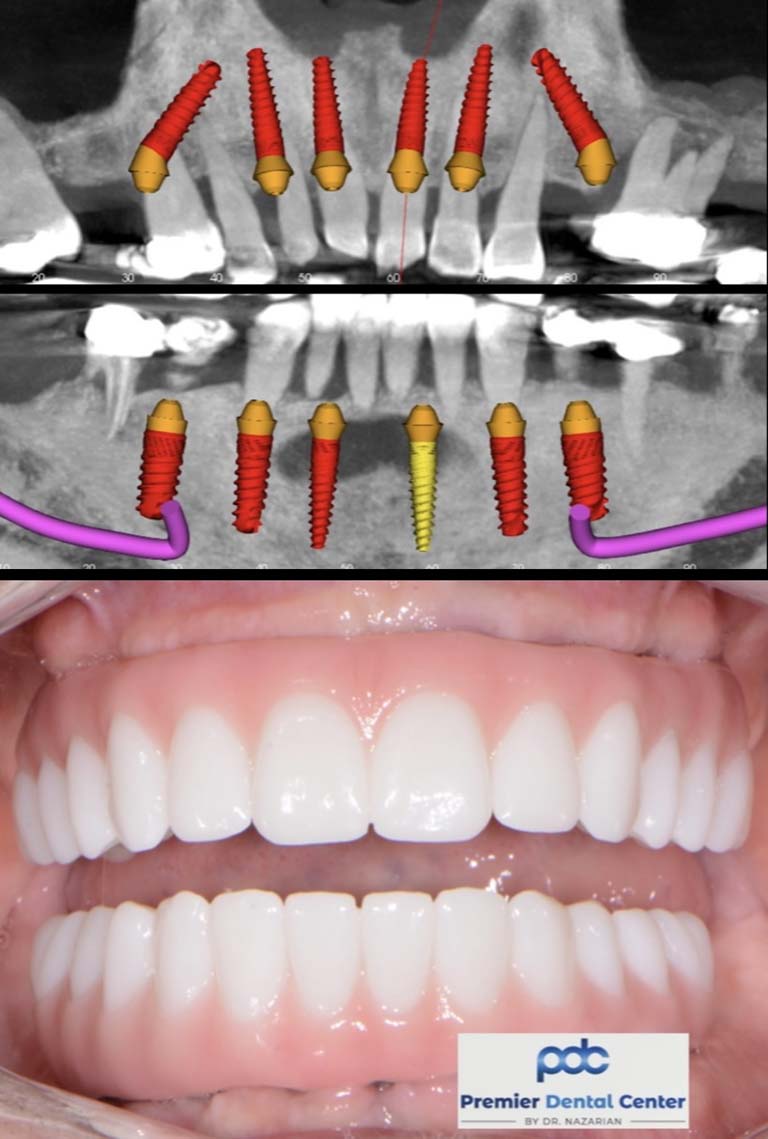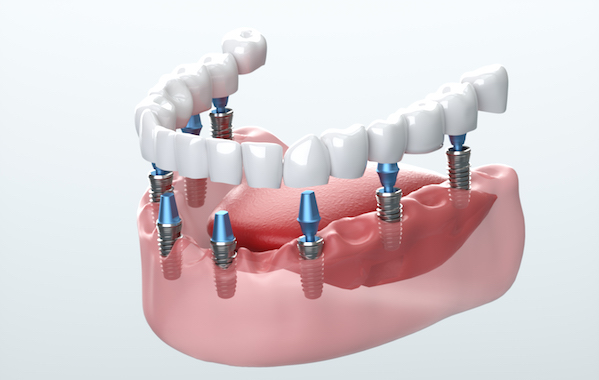The 7-Minute Rule for Dental Sense
Table of ContentsSome Known Details About Dental Sense Dental Sense Fundamentals Explained4 Simple Techniques For Dental SenseExamine This Report on Dental Sense
are clinical tools surgically dental implanted into the jaw to bring back a person's ability to eat or their appearance. They offer support for fabricated (fake) teeth, such as crowns, bridges, or dentures. When a tooth is shed as a result of injury or illness, an individual can experience complications such as quick bone loss, malfunctioning speech, or modifications to eating patterns that cause pain.Dental dental implant systems consist of a dental implant body and dental implant abutment and might likewise consist of an abutment addiction screw. Wisdom tooth cavity. The dental implant body is surgically inserted in the jawbone in place of the tooth's root. The dental implant joint is normally connected to the implant body by the abutment fixation screw and prolongs with gum tissues into the mouth to support the attached fabricated teeth
Cigarette smoking might affect the healing procedure and reduce the long-term success of the dental implant. The healing procedure for the dental implant body may take numerous months or longer, during which time you normally have a short-lived abutment in place of the tooth. the oral implant procedure: Meticulously adhere to the oral health guidelines provided to you by your dental copyright.
8 Easy Facts About Dental Sense Explained
Implant failing can cause the demand for one more operation to fix or replace the implant system. Recovers the capability to eat Recovers aesthetic appearance Helps maintain the jawbone from shrinking as a result of bone loss Maintains the health of the bordering bone and periodontals Helps maintain nearby (nearby) teeth secure Enhances quality of life Damages to bordering natural teeth throughout implant placement Injury to the surrounding cells during surgery, such as sinus opening Injury throughout surgery (as an example, fracture of bordering jawbone) Inadequate feature, such as feeling like the teeth do not attack with each other usually A sensation that the tooth is loose or turning in position arising from an abutment screw loosening up Implant body failing (looseness of the implant body) as a result of systemic infection, which might be a lot more likely in people with unrestrained diabetes as a result of regional infection in bone and gum tissues supporting the dental implant body as a result of postponed healing, which may be most likely in individuals that smoke Trouble cleaning the gum tissues around the implant, resulting in inadequate oral health Without treatment periodontal condition Post-surgical pins and needles due to nerve impingement or damage Constantly notify health treatment service providers and imaging professionals that you have dental implants before any kind of magnetic resonance imaging (MRI) or x-ray treatments.
FDA is not familiar with any kind of negative events reported for MRI or x-ray treatments with dental implants. Dental implants systems are commonly constructed from materials that comply with worldwide consensus criteria of the International Company for Standardization (ISO) or ASTM International. These standards have details of what makes a risk-free product.

An oral implant is a framework that replaces a missing tooth. With screw-like devices, the cosmetic surgeon inserts a dental implant into the jawbone, and it serves as a support for an artificial tooth, called a crown. A gadget called a joint attaches the fabricated tooth to the dental implant. The crown is customized to fit the individual's mouth and match the shade of their teeth.
The Dental Sense Statements
Some people are not eligible for oral implant surgery. It is for oral specialists to run on people with: acute illnessuncontrollable metabolic diseasebone or soft cells disease or infectionIf these problems are solved, an individual can have the surgical procedure. In, oral doctors refrain from operating people with: If people with any one of the above undertake oral implant surgical treatment, there is a greater risk of the dental implant stopping working.

Oral dental implant surgical procedure is an individualized procedure. It's not the same for everybody. But the following gives a general overview of what you can anticipate your dentist, oral surgeon, periodontist or prosthodontist to do: Position the dental implant operatively. Give you time to heal. Connect the blog post and last crown, bridge or denture.
Next off, your doctor will carefully place the oral implant into your jaw. If your dental implant is near the front of your mouth, your dentist will make a momentary tooth for you to put on till you heal.
Getting My Dental Sense To Work
Your service provider can tell you what to anticipate in your situation. Throughout the recovery phase, your jawbone should fuse to the dental implant. This process, called osseointegration, is important for stability and lasting success. This procedure can take anywhere from three to nine months. In some situations, it may take longer.
When your implant heals, your dental expert can attach the joint (small adapter message) and your last repair (crown, bridge or denture). This normally takes regarding one hour to complete and may need a second small surgery. You shouldn't feel any type of pain during your dental implant treatment due to the fact that your company will use medication to numb your gums.
Comments on “The Facts About Dental Sense Uncovered”